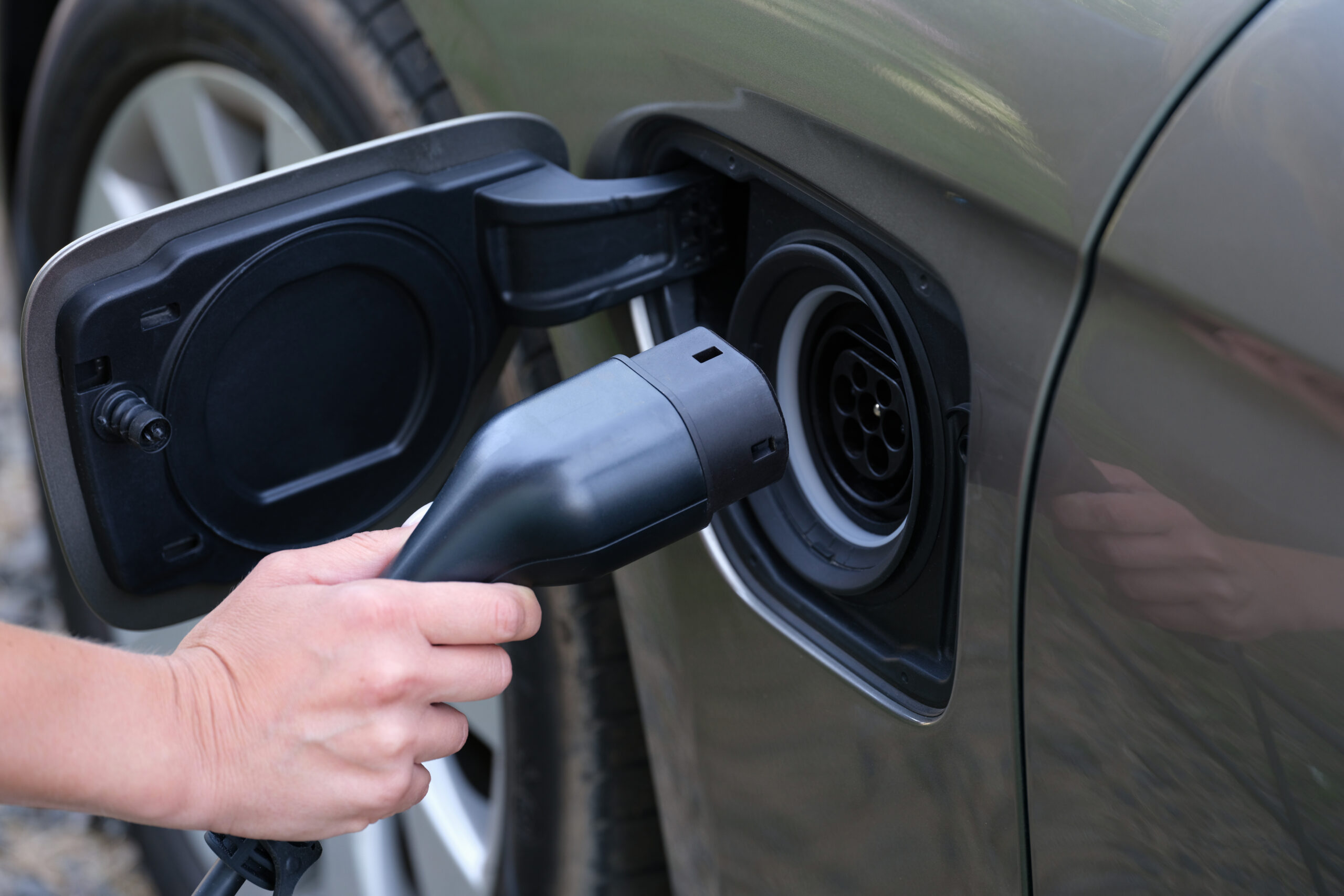Today’s AER increase still doesn’t cover the costs of home charging electric vans according to fuel data analysis by TMC.
Research from TMC has shown that companies using the government advisory electric rate (AER), which has been increased from 4p per mile to 5p per mile will still leave many electric van drivers out of pocket.
TMC’s analysis shows the average cost based on home charging an LCV is 7.8p per mile. The only vehicle that costs less than 5p/m to charge is the Renault Kangoo E-Tech.
If the cost of public charging is factored in – the use of which is highly likely for LCV drivers of whom only 30% have the ability to charge at home – the AER falls even further short.
TMC’s research shows that a higher AER is needed for vans, and indeed larger electric cars, because the actual cost per mile for domestic charging is as much as 130% higher than the AER for vans based on the WLTP figure.
“These figures are best case scenario as they are based on the WLTP and the driver charging their vehicle at home. The majority of van drivers will use public charge points, which increases the cost per mile considerably” says Paul Miers, TMC’s Chief Data Officer.
“The other factor to consider is that these figures are for unladen vans. Once you add in racking, equipment and tools there will be even more upward pressure on the actual cost per mile.”
Our TMC EV rate shows the cost of running electric vans using three different scenarios compiled by TMC’s team of data analysts.
- Cost per mile based on WLTP data, using home charging for all vehicle charging.
- Cost per mile based on the same data but with power consumption per mile raised by 15 per cent to reflect real world battery usage.
- Same data again but assumes a mix of 75% home charging and 25% public charging.
For all examples, costs are calculated using electricity priced at 17.4p/kWh* for home charging and 30p/kWh for public charging.
Contact TMC to get more information and even some example rates.

